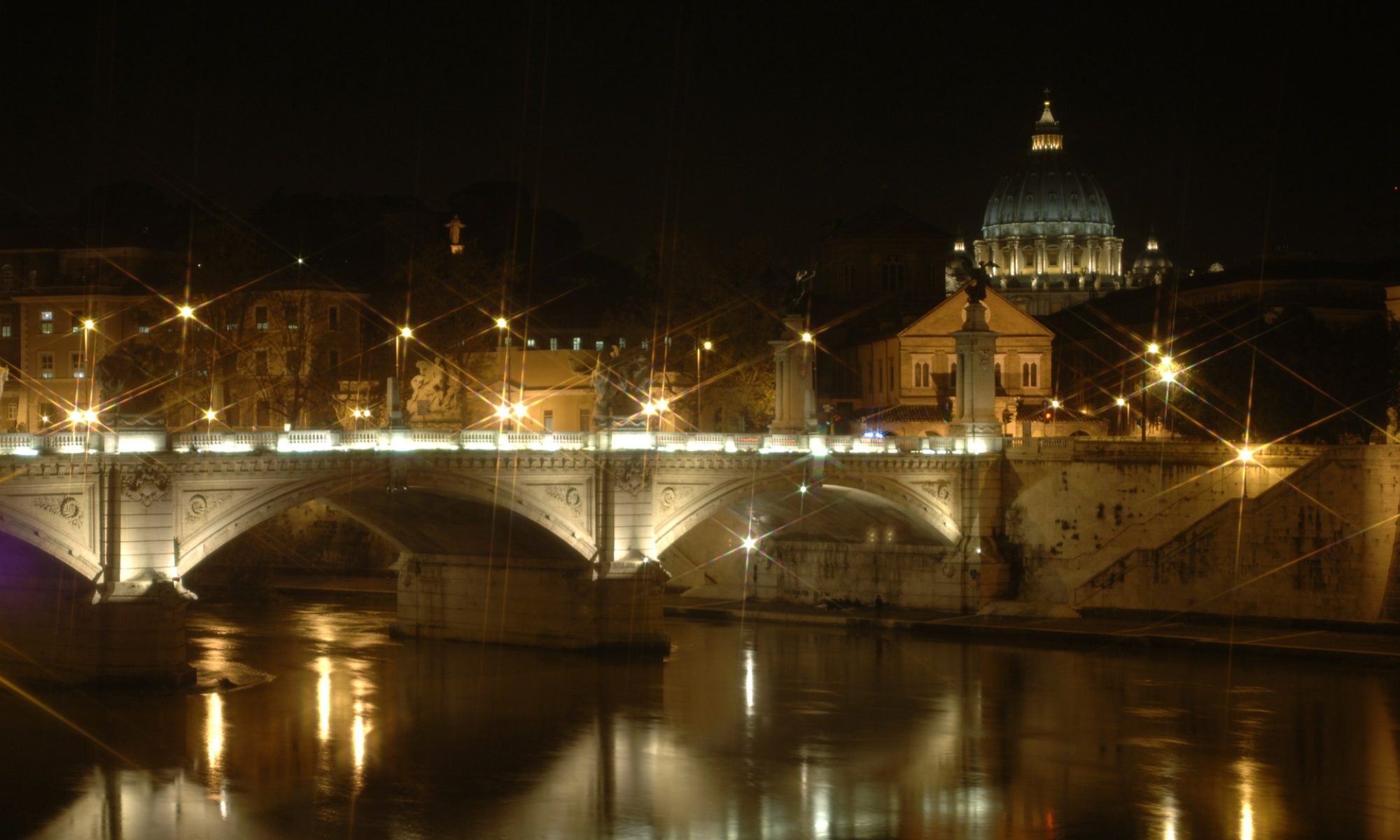September 18th, 2014
Pope Francis does not like spheres: he likes polyhedrons. In various recent speeches and in different contexts he used the image of the polyhedron to illustrate what he has in mind when he thinks of unity, i.e. Christian unity and the unity of mankind. In elementary geometry, a polyhedron is a solid of three dimensions with flat faces, straight edges and sharp corners or vertices. Without going into too many technical details, the basic idea is that a polyhedron lacks the harmony and proportions of a sphere but retains the unity of a solid. Not only that, it has variable distances from its center and not a single way of being related to it. It may be an awkward type of unity, but it still holds the solid together.
Unity in the Global World
Francis first began talking about the polyhedron in the context of globalization. In a message to a festival on the Social Doctrine of the Church, which addressed the issue, he said: “I would like to translate the theme into an image: the sphere and the polyhedron. Take the sphere to represent homologation, as a kind of globalization: it is smooth, without facets, and equal to itself in all its parts. The polyhedron has a form similar to the sphere, but it is multifaceted. I like to imagine humanity as a polyhedron, in which the multiple forms, in expressing themselves, constitute the elements that compose the one human family in a plurality. And this is true globalization. The other globalization — that of the sphere — is an homologation” (Dec 6th, 2013).
According to this vision, globalization as a sphere can lead to cultural uniformity and social homologation whereby one model of development and one way of life become the center of what it means to be human and the whole world must conform to it. Globalization as a polyhedron, on the other hand, allows for multiple solutions that are all different from one another while still maintaining vital relationships between its components. In the latter, homogeneity is not imposed and multiplicity is encouraged. In his 2013 Apostolic Exhortation Evangelii Gaudium, Francis elaborated on the dangers of reducing the world to a single economic pattern and a monolithic cultural paradigm. This globalization brings “an economy of exclusion”, “the new idolatry of money”, “a financial system which rules rather than serves”, and “inequality which spawns violence”. Globalization, by desiring to mould the world into a single pattern, kills it. Conversely, if it celebrates the world’s diversity it causes it to flourish. The center of this polyhedron is the common humanity that all human beings share while the different faces represent the cultural particulars that cannot be squeezed nor overlooked by globalization.
Christian Unity
What is interesting in Francis’ use of these geometric images is how he applies them to the realm of ecumenism. Christian unity has its own biblical metaphors, such as that of a single body with a head and many organs and parts (1 Corinthians 12). In his visit to the Italian Pentecostal church (August 28th, 2014), Francis developed his idea of ecumenism as a polyhedron: “We are in the age of globalization, and we wonder what globalization is and what the unity of the Church would be: perhaps a sphere, where all points are equidistant from the center, all are equal? No! This is uniformity. And the Holy Spirit does not create uniformity! What figure can we find? We think of the polyhedron: the polyhedron is a unity, but with all different parts; each one has its peculiarity, its charism. This is unity in diversity”.
Reading between the lines, it seems clear that unity as a sphere is pre-Vatican II Roman Catholic ecumenism whereby other Christians were drastically invited to “come back” into the Catholic fold and to conform to its doctrines and practices under the rule of the Pope. With Vatican II, Roman Catholicism updated its ecumenical project and embraced a concentric circle type of unity in which the one and only Church “subsists in” the Roman Catholic church and other churches and communities gravitate around this center according to their degree of nearness or distance from it. According to Vatican II and subsequent magisterial teachings, Christian unity is threefold: 1. professing the same faith, 2. celebrating the same Eucharist (i.e. the Roman Catholic way), and 3. being united under the same sacramental ministry in apostolic succession (i.e. under the Pope).
How does a polyhedron kind of unity as advocated by Pope Francis fit this view of unity? For example: as far as the second mark of unity is concerned, is the Pope saying that the sacrificial understanding of the Eucharist and the theology of transubstantiation belong at the center of Christian unity or are they particulars that can accommodate differences? Or is the Pope saying that apostolic succession, which is the basis of the hierarchical structure of the Roman Catholic Church, is still part of the center or is it a variable that is secondary to Christian unity?
Polyhedrons are fascinating solids and Francis’ use of the image of a polyhedron is thought-provoking. However, the problem for Christian unity does not primarily lie in the metaphors used, but in the theological vision that nurtures it. If the Catholic Eucharist and the Catholic sacramental system are part of the center of Christian unity, one can make reference to spheres or polyhedrons all he likes, but the substance of the problem is that unity still gravitates around the Roman Catholic Church and its distinct outlook, and not around the biblical Gospel that calls all Christians to conform to the mind of Christ.
